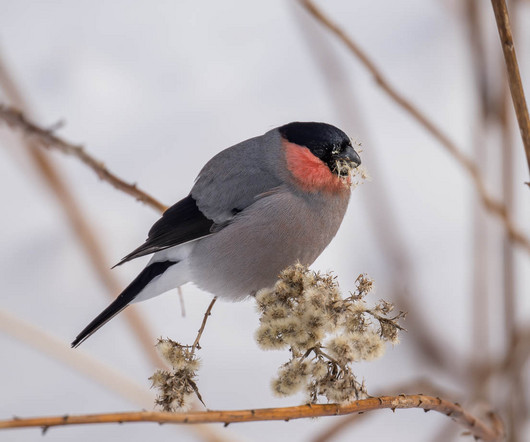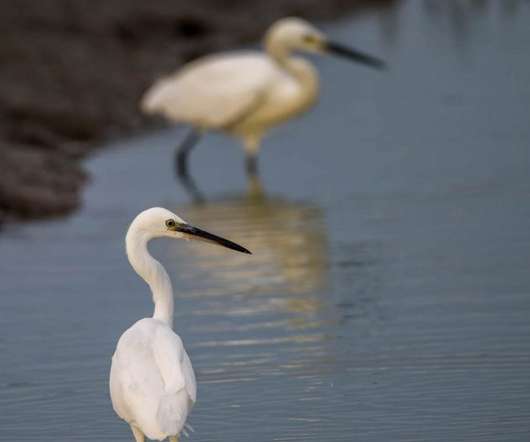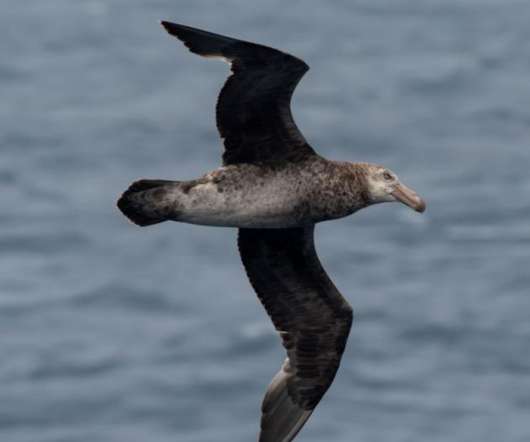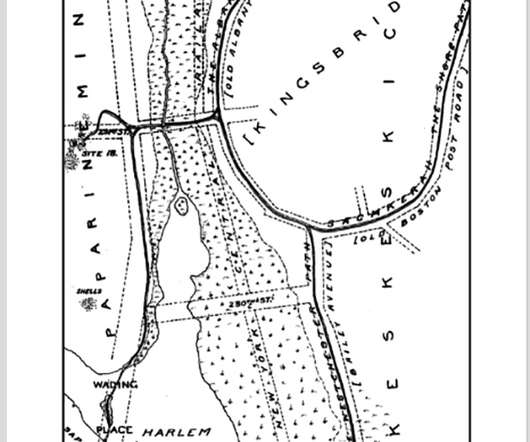Some Hokkaido Winter Passerines
10,000 Birds
MAY 27, 2024
” A group of nine researchers published a paper titled “Exploring the fecal microbiome of the Eurasian Nuthatch (Sitta europaea)” Makes you wonder what they talked about during their lunch breaks. But while humans mainly try to stay slim and fit for health reasons, Eurasian Siskins care more about the danger of being eaten.












Let's personalize your content